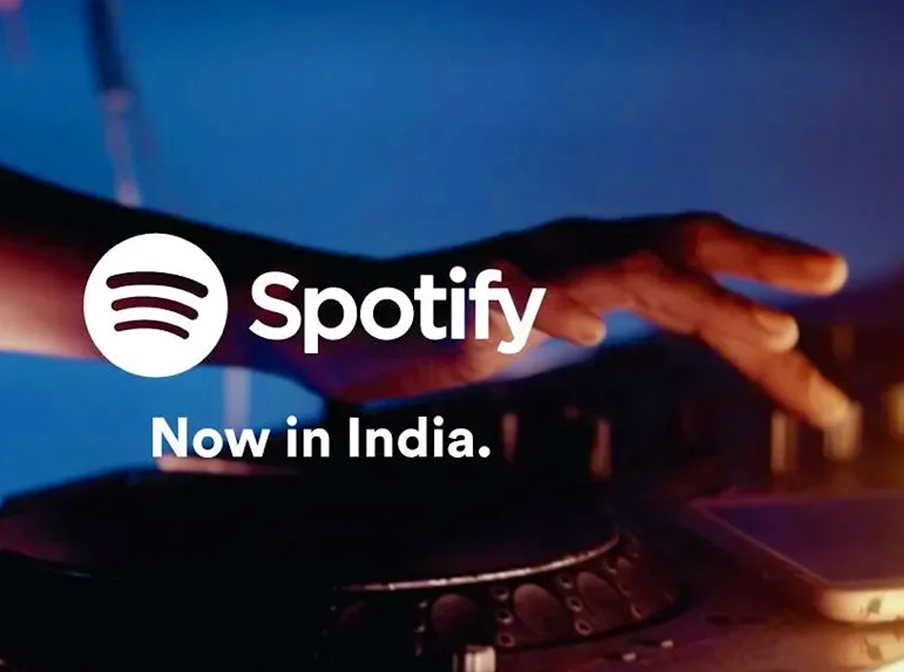India Is A Prize For Spotify, But This Week Shows It Won’t Be Easily Won

Over the last week Spotify has been in the news again regarding its contentious entry into the Indian market as publisher Warner/Chappell Music (WCM) tried its best to block the launch. This has turned what would have been almost a back-burner story into front page business news, but many don’t understand the significance for all involved.
Why India Matters
To begin with, India is a top strategic market for Spotify that it must conquer. The company needs growth in order to appease shareholders, and while that’s still happening in the U.S. and Europe, it’s slowed somewhat from the early days. Since China seems to be off the table thanks to governmental issues and embedded competition from Tencent, the next place to look for a large untapped population is India.
While there’s already competition in the area from Anghami (although that’s aimed more at the Arab world), the real problem is the fact that the average per capita income is only $553 a month. Spotify is launching with a monthly fee that dips as low as $1.67 per month, which seems incredibly low yet may actually still be too high for the market. Apples to apples, this is really 9.3 times more expensive than the $9.99 a month US fee, and Spotify would need to lower the price to $0.19 to match the affordability found in the U.S. and other markets.
What’s especially relevant here is that Spotify offers this market a pay-as-you go streaming model where users can pay for a single day’s access to its ad-free Premium tier. The price is only $0.18 per day and can be paid via the local mobile payment service Paytm. Could this be a precedent for a similar tier in other countries?
It’s The Music Stupid
While many in the industry in the Western world wonder how rights holders will ever make money from such a low subscription fee, the fact of the matter is that the library on Spotify may not match local tastes anyway.
In the past, a huge U.S. hit would resonate worldwide, and you could hear it walking down the street of most major cities of the world. That’s no longer the case as local music everywhere has finally caught up to what the West has to offer, and this is especially true in India, where Bollywood and devotional music reign. As a result, Spotify’s high price coupled with a large yet possibly unappealing catalog may not result in the subscription numbers that the company hoped for.
But You Still Need A License
Which brings us to the Warner/Chappell spat. The gist of this rather complicated argument is that Spotify claims that WCM reneged on a previously agreed upon licensing agreement for the country. Spotify went ahead and launched anyway, and WCM filed for an emergency injunction in the Bombay High Court.
What happened next seems to be open for interpretation, as Spotify claims the court struck down the injunction, with WCM claiming it was upheld. There seems to be a gray area somewhere in between but it looks like this squabble will be going on for some time.
The upshot is that the last thing Spotify needs is an acrimonious relationship with a vendor that’s part of its lifeblood. Likewise, there may be distributors other than Spotify for WCM parent Warner Music to deal with, but the company is still the largest streaming entity and responsible for a good deal of its revenue. You can just imagine what the next round of license negotiations will be like.
The bottom line is that Spotify has already forecast that it will add between 21 and 31 million paying subscribers in 2019, and it’s counting on India to deliver a good part of those. The company may be finding already that this prediction may not be as easy to accomplish as was previously thought.
Sorry, but comments have been disabled due to the enormous amount of spam received. Please leave a comment on the social media post related to this topic instead.

